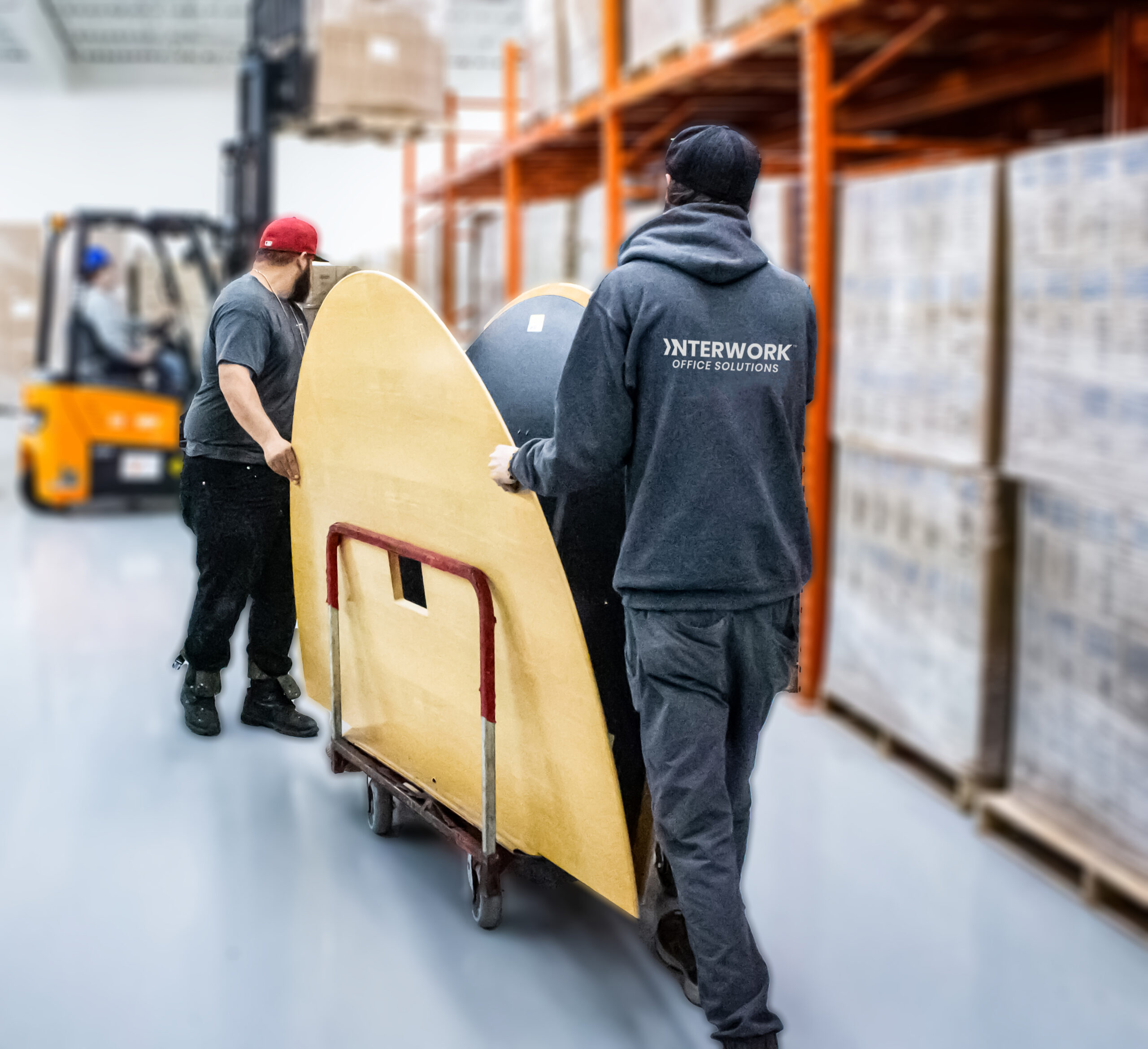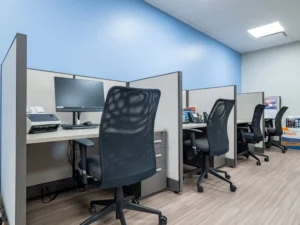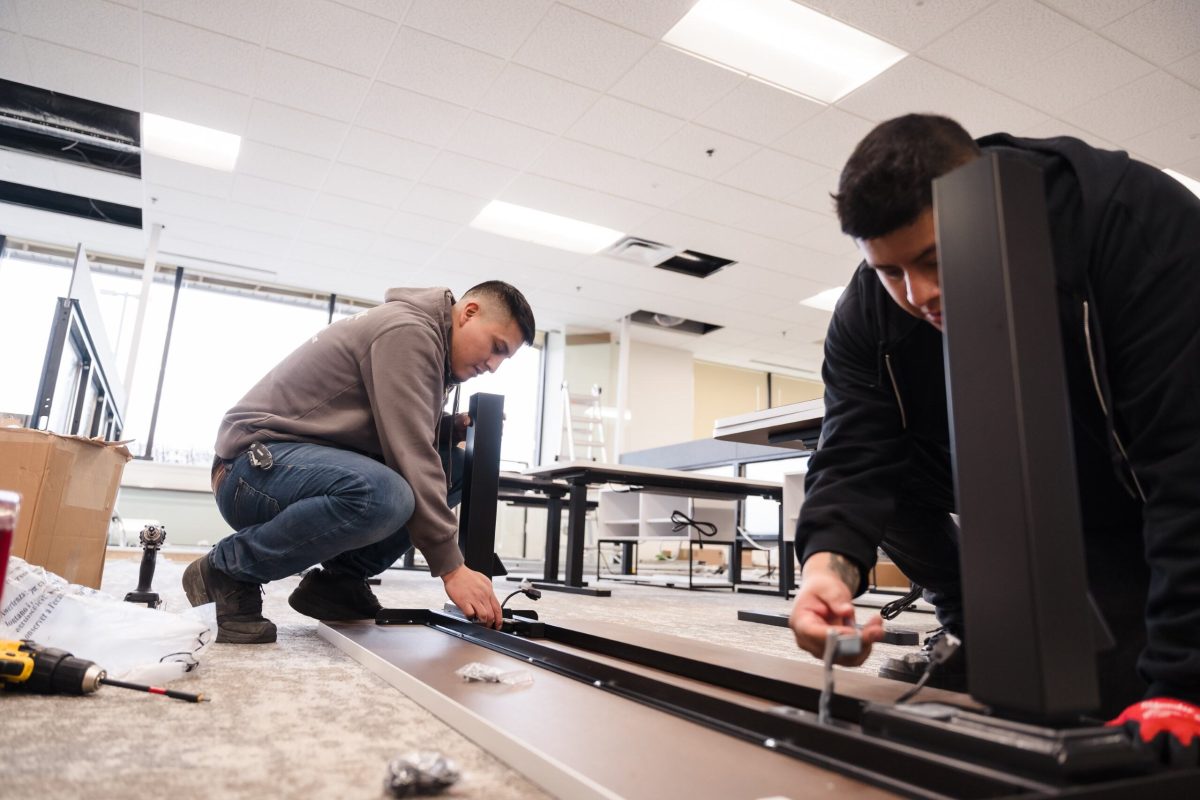Relocating a corporate office presents both opportunities and challenges. While it often signifies growth or operational optimization, the process can introduce significant risk, particularly in the form of business disruption and productivity loss. The key to mitigating these risks lies in a well-structured relocation strategy that aligns project execution with organizational continuity.
At the InterWork Office, we specialize in move management solutions that prioritize operational integrity. This article outlines critical strategies designed to minimize downtime and ensure a seamless transition during corporate relocations.
1. Implement a Phased Relocation Model

A full-scale, single-day relocation rarely aligns with the operational requirements of most organizations. Instead, a phased relocation approach allows departments to transition in stages, enabling the organization to maintain core functions while other areas are in motion.
Through our Move Management services, we develop phase-specific logistics plans that align with your team’s daily workflows, ensuring continuity in client services, internal operations, and technology infrastructure.
2. Initiate Planning at Least 90 Days in Advance
Effective relocation begins well before physical movement occurs. Organizations should initiate planning at least 60 to 90 days before the targeted move date. This planning window is essential for evaluating current space utilization, identifying logistical constraints, and coordinating vendor schedules.
Task delegation platforms such as Asana or ClickUp can be instrumental in managing timelines, assigning tasks across departments, and tracking deliverables with precision.
3. Prioritize IT and Infrastructure Continuity
Among the most critical components of any business relocation is the seamless transition of technology infrastructure. This includes servers, internet connectivity, phone systems, and business-critical applications.
Interwork Office offers dedicated Technology Services that coordinate closely with furniture installation teams to ensure workstations are fully operational upon occupancy. System testing and pre-move validations are integral to reducing post-move troubleshooting.
4. Designate Department-Level Communication Leads

Transparent, consistent communication is essential to employee engagement and organizational alignment during a relocation. Appointing departmental “move captains” ensures each team has a direct line of communication for updates, concerns, and task assignments.
This peer-led model reinforces accountability while alleviating pressure from upper management. For guidance on managing internal transitions, the Harvard Business Review offers practical frameworks for communicating through organizational change.
5. Execute High-Impact Moves During Off-Hours
When moving client-facing or revenue-generating teams, scheduling the transition during evenings, weekends, or off-peak business hours significantly reduces the risk of service interruption. Ensuring critical staff can resume operations immediately upon arrival in the new space is a key performance indicator in effective relocation management.
Furniture and hardware should be staged and tested before occupancy. Our Furniture and IT Installation services ensure equipment is properly configured to support uninterrupted operations.
6. Leverage Temporary Workspace and Storage Solutions
In situations where the destination space is not immediately available, or when executing a staged move, temporary working environments may be necessary. These can include remote work setups, coworking spaces, or transitional workstations within the existing office.
For physical assets not in immediate use, Interwork Office provides secure, climate-controlled storage solutions designed to preserve equipment and documents during interim periods.
Plan a Move That Preserves Productivity
Relocating your corporate office does not have to result in operational downtime. With proper planning, structured execution, and expert oversight, you can achieve a smooth transition that protects both your internal workflows and external service commitments.
Interwork Office provides end-to-end relocation support that aligns physical movement with strategic business objectives. Our professional move management team ensures that your organization remains focused, operational, and successful throughout the transition process. For tailored relocation planning, contact our team to begin developing a strategy suited to your business needs.





